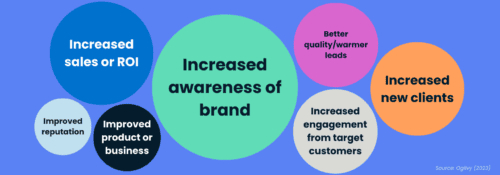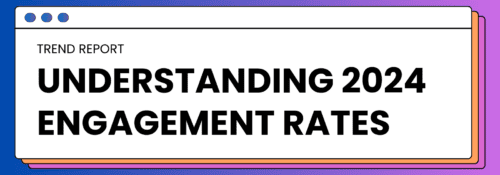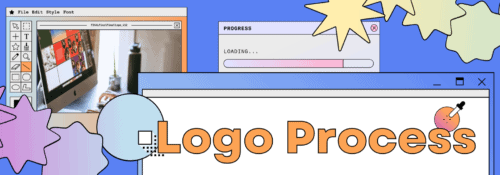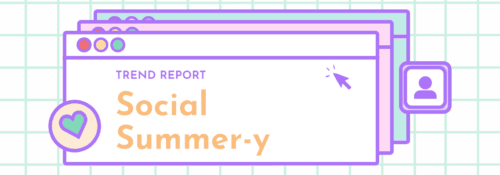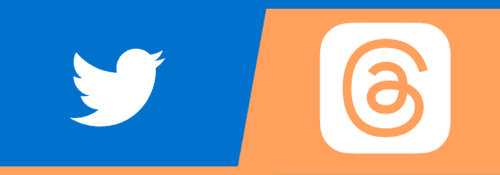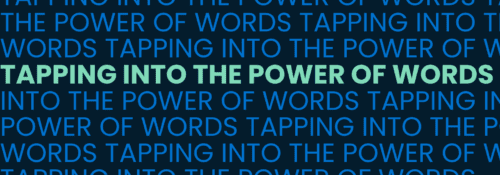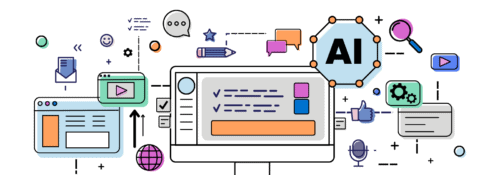Utilizing Social Listening to Enhance Customer Experience
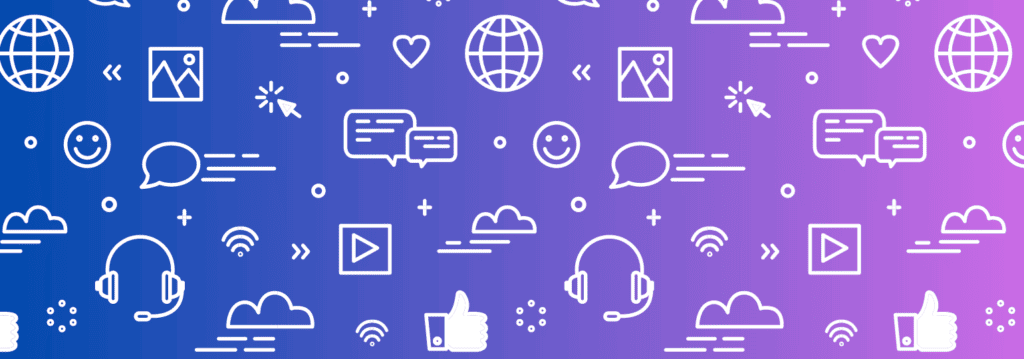
Did you hear that? There’s a lot of noise in here!
In today’s oversaturated media space, where consumers have access to products and services galore, brands need to prioritize customer experience to catch their attention. And great customer experience always starts with listening. Social listening is a powerful tool used to gain insights into your specific audiences and create content, offers, services and more that appeal directly to them.
When we say social listening, we mean monitoring social media platforms for mentions of your brand, product, or service, and sometimes just the conversations relevant to your industry. It allows you to understand what people are saying about you and your competitors, and helps you identify white space that you can own and areas for improvement, even when your business isn’t tagged or the primary topic of conversation. Basically, social listening is internet eavesdropping.
You might be thinking, how can social listening actually help the customer experience? The answer: by being intentional with your plan and tools. Be strategic about keywords and hashtags you decide to monitor. Think of it like trying to listen and have a conversation in a dark and blaring club–it’s pretty difficult to focus with all the noise. You need to remove some of the noise so you can actually focus! You want to be specific enough that what you’re monitoring isn’t too overwhelming and too general, but not so specific that you don’t get any quality results. After you define your search, you’re ready to start eavesdropping.
Here are three scenarios where social listening can make a difference for your business:
1. Identifying your audience’s key pain points. By monitoring social media channels, you can find and flag common complaints or issues. This information can drive improvements to your products or services and show you’re listening and adapting to your customer or client base. This can be critical in times of crisis, to quickly and efficiently understand the problem at hand and take immediate action to resolve it.
2. Personalizing the customer experience. Social listening shouldn’t just be used during a crisis. It should also be part of your overarching strategy. Because social listening allows you to understand your audience’s preferences and interests, you can use this information to cater to their needs. For example, if a customer tweets that they’re unhappy with your services but doesn’t tag your business directly, these tools can help find the tweet and respond directly to the customer with an individualized response. By connecting with customers, your brand demonstrates that you care about them and are committed to proactively addressing their concerns. Pro-tip: this also helps build your brand reputation!
3. Keeping an eye on the competition. As any professional eavesdropper knows, you keep your friends close and your enemies competitors closer. Get to know their strengths, weaknesses, reputation, favorite food. Okay, probably not their favorite food, but by monitoring what audiences are saying about competitors and what your competitors are saying, you can identify areas where you can stand out and compete in the market. Basically, friendly spying on the competition.
As with any healthy relationship, listening is key. Don’t be shy – be nosy! Social listening tools are crucial for enhancing and maintaining a relationship with your customers. Not only will you get useful insights, but you can also improve your reputation. Set up your tools, tune out the noise and start eavesdropping!
